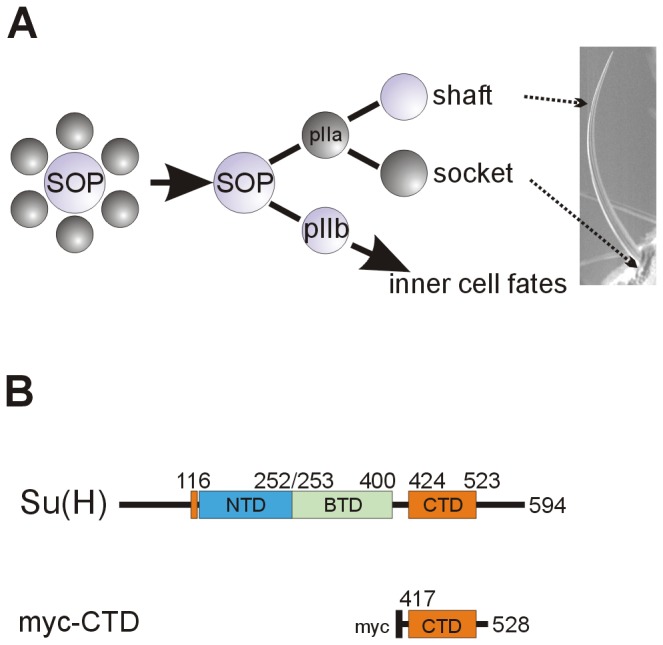Figure 1. Scheme of bristle development and the myc-CTD construct.

A) During bristle development, a sensory organ precursor cell (SOP) is singled out by lateral inhibition from a cluster of equipotential, proneural cells. By activating the Notch pathway, the SOP forces the surrounding cells into a secondary fate (labeled dark grey). The SOP divides asymmetrically, unequally activating the Notch pathway in the daughter cells: the pIIa cell receives a Notch signal and gives rise to the outer cell lineage, whereas inner cell fate is derived from pIIb. The pIIa daughter that receives a Notch signal will form the socket, the other daughter cell will form the bristle shaft (according to [36,38]).
B) The Su(H) protein consists of three highly conserved domains, the N-terminal domain (NTD, blue), the β-trefoil domain (BTD, green) and the C-terminal domain (CTD, orange). The N-terminal helix (orange) is in the proximate neighborhood of the CTD in the three-dimensional structure [7,8]. The numbers represent the amino acids of the protein. In the CTD construct, codons 417 to 528 where fused to a myc coding sequence providing the start methionine and the myc-tag for antibody staining (black).
